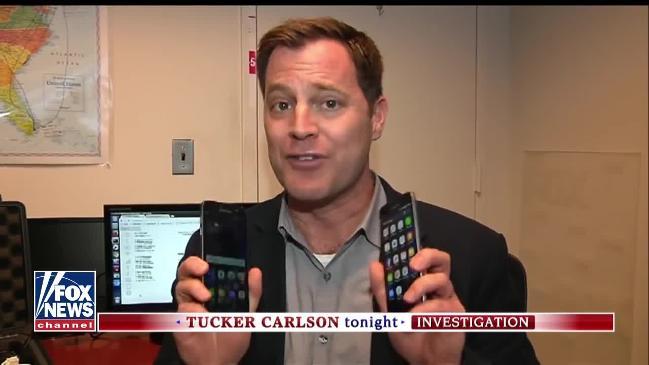History of the mobile phone
YES, we know, you can’t exist without taking your phone everywhere. So imagine a time when it was stuck to the wall. Here’s what life was like before smartphones ruled us all.
- A brief history of the phone, from morse code to smartphones
- SA’s hidden cactus garden you’ve probably never heard of
- The life of a Boy Scout in the 1950s and 60s
- What it was like to grow up in the 50s
THE once humble telephone has certainly come a long, long way in just a single lifetime. From the very modest device that merely served to connect two people together for a one-on-one conversation, to the astounding range of applications stored in today’s palm-sized mini-computers.
Mobile phones have become one of the most essential items in our day-to-day lives, the centre of our universe. It’s no longer just a phone but a messaging device, a web browser, a camera, a music player, a daily newspaper, a GPS and so much more.
But cast your mind back to those days when a telephone was just that; a telephone.
My very first recollection of a telephone was at my great aunt’s farm in the 1950s.
It was a wooden contraption that sat on the wall with a Bakelite mouth piece, an ear piece that hung in a cradle on the side and a handle that was cranked to get connected to the party line.
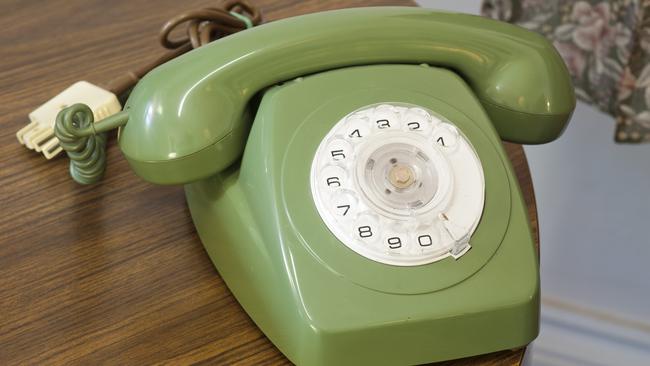
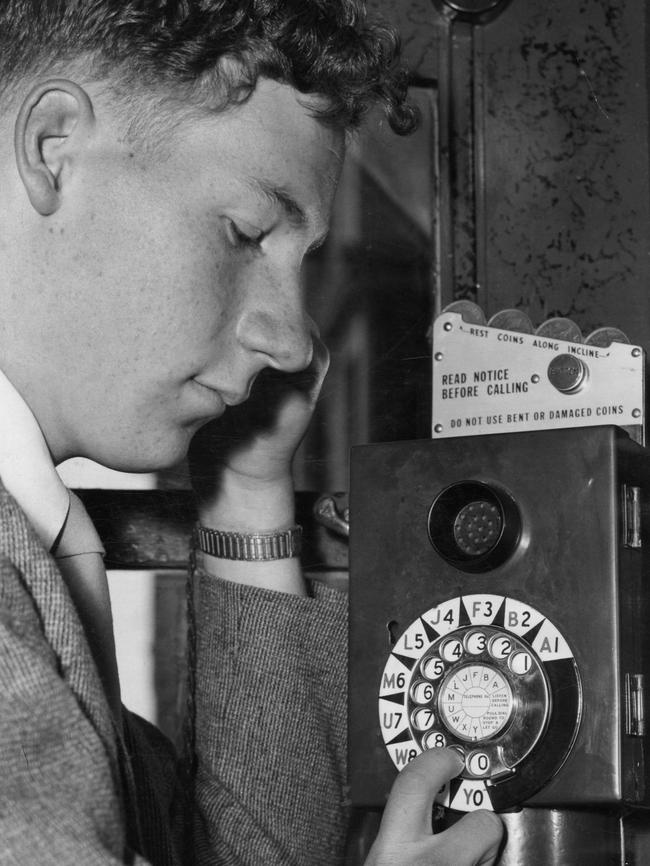
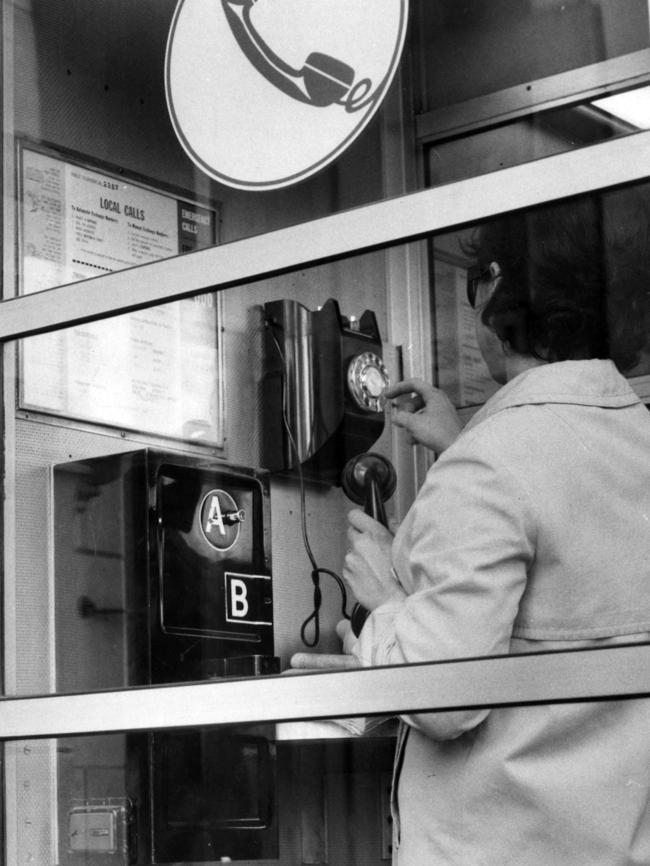
Party lines were very common in the first half of the 20th century, especially in rural areas.
A party line was a local telephone loop circuit that was shared by more than one subscriber, so there was no privacy at all. If you were talking with a friend, anyone on your party line could pick up their phone and listen in.
Also, if anyone on your party line was using their phone, no one else could make a call — even in an emergency situation.
In the 1950s and ’60s, very few residences had the phone connected; a home telephone was still regarded as a luxury item.
Communication between family and friends mostly took the form of letter writing and the very necessary or urgent calls were made occasionally from a public telephone.
In those years, red public telephone boxes were found on almost every second corner around the suburbs of Adelaide.
You needed a pocket full of coins; press button A when the party you were calling answered, or press button B to get your money back if you were unable to get through.
From memory, our first home phone arrived some time in the 1960s.
It was a heavy black piece of equipment that lived in the hall on its own telephone table with a little seat attached. It was used very sparingly because phone calls were expensive.
Those were the days of the telephone operator. When callers picked up the phone they were first connected to a switchboard operator.
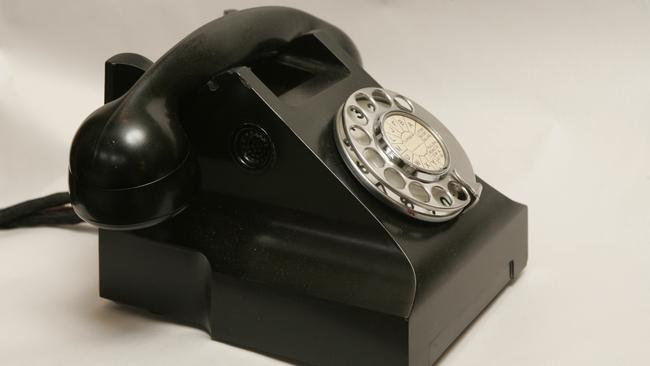
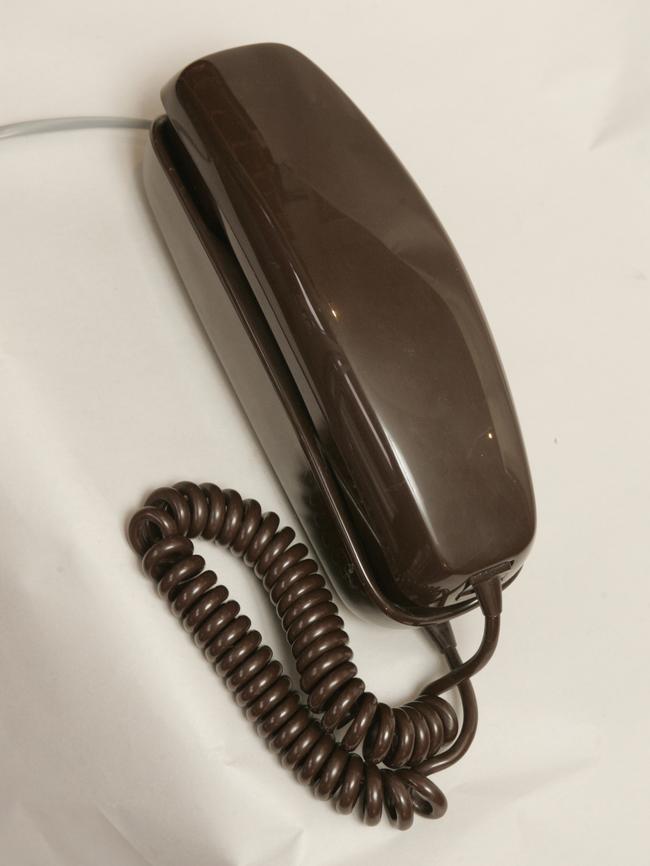
The caller would ask for a specific number and the operator connected the caller via a series of plugs and wires to the circuit.
Adelaide Remember When Facebook poster Lyn Todd recalled her days as a telephone receptionist from that era: “We would say ‘number please’ and they would tell us the number they wanted and we would connect them. Calls were timed and after three minutes we would interrupt the conversation and ask: ‘Do you want to extend your call by another three minutes?’”
Lyn also recalled that to make a trunk call (interstate or overseas) it was necessary to ring earlier and book a line.
Long distance calls were an occasional luxury and used on rare or special occasions.
It was often a long wait, holding the telephone handset while a trunk call was placed and connected for you by the switchboard operator.
By the early 1970s, STD (subscriber trunk dialling) had arrived and gradually the manual switchboard telephone exchanges were phased out, replaced by automatic exchanges.
Up until the mid-1970s, it was not possible to even buy a phone in Australia.

Home phones remained the property of the PMG Department and were rented to customers. After the PMG and Telecom were split into two separate government departments, in 1975, regulations were slowly relaxed and a range of “novelty” phones were offered for sale alongside the rental phones.
Almost immediately, telephones began to change shape, became lighter and more colourful and moved from the hall to the more central kitchen.
They were still bolted to the wall but by the 1980s they had telescopic cords and the caller could wander up to 50 metres away and continue to have a telephone conversation. All telephone contacts were kept neatly next to the phone in the Teledex, which was a slimline plastic device containing pages of alphabetically ordered names with their phone numbers.
Each year, Telecom (later Telstra) would deliver the latest phone books (eventually reaching three enormous volumes), which would have every phone number listed in South Australia.
It must have taken a forest of trees every year to print those books. For interstate numbers, you had to call 011 and ask the operator, who would then connect you.
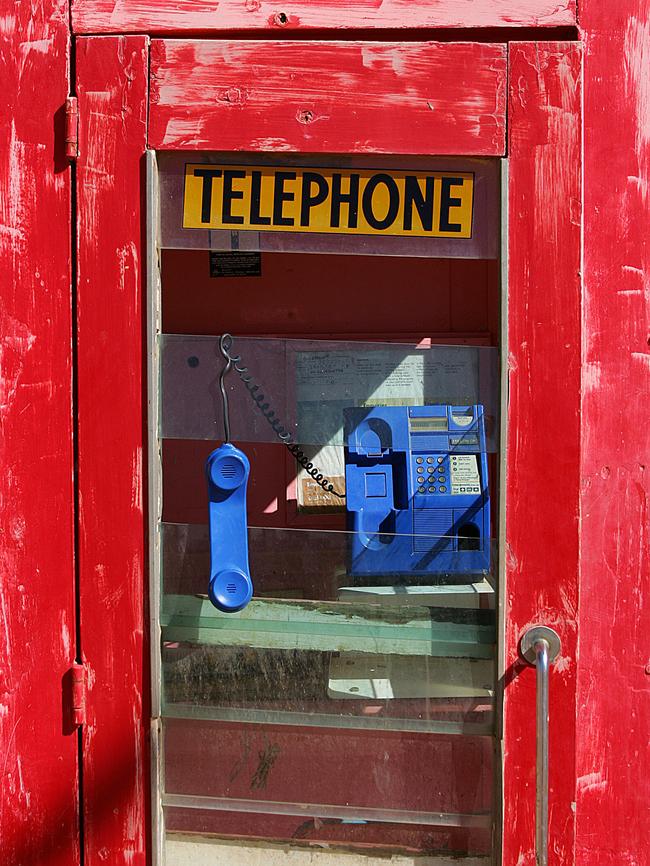
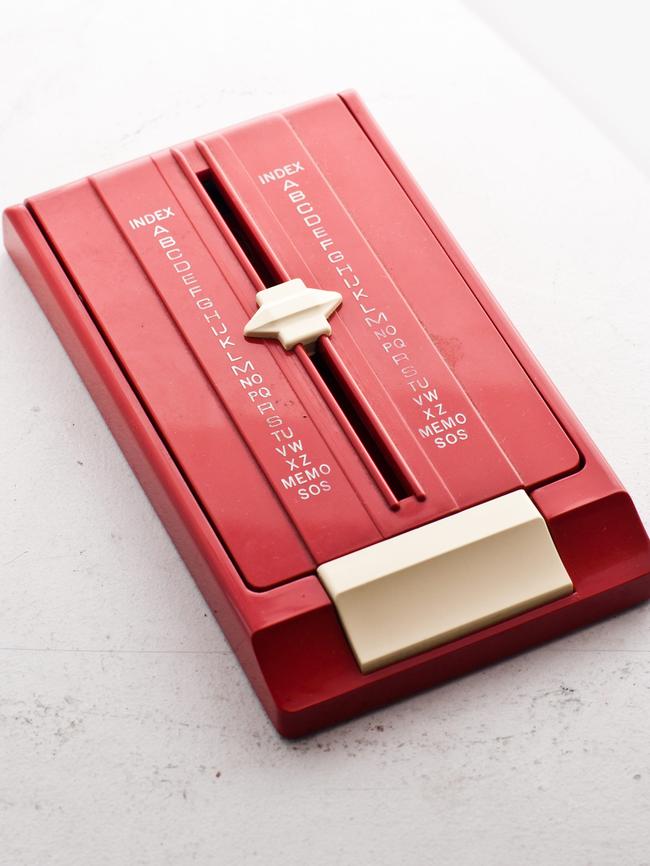
All the interstate telephone books were available for viewing at the local post office and I remember the huge shelf of books at the North Adelaide Post Office, which took up almost the entire wall and listed just about every current phone number in Australia.
Of course, the big changes in telephones really started to occur when mobile phones arrived in 1981, in the form of the first car phone.
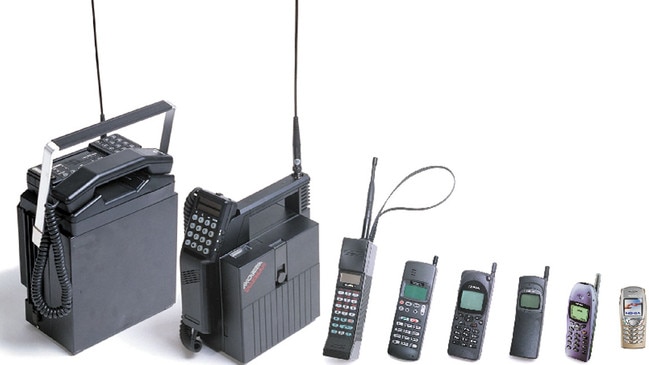
Then handheld mobiles appeared in 1987.
They were very expensive at first and disparagingly known as “bricks”, because of their large size and weight, but within just a few short years they had shrunk to a much more manageable size and cost.
Since then, the development of telephone technology has been both rapid and dramatic. Some might even say alarming.
Futurologists and industry experts now predict that in the years to come, mobile phones will literally run our lives for us and just judging by what has transpired in the past 60 years, anything seems possible.
One thing is certain, the technology involved in today’s phones and the mobile phone networks is evolving so rapidly it promises to be a breathtaking ride.
